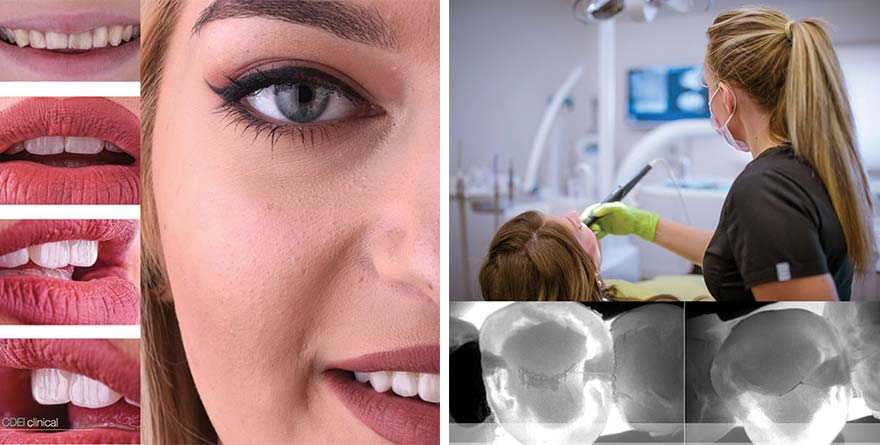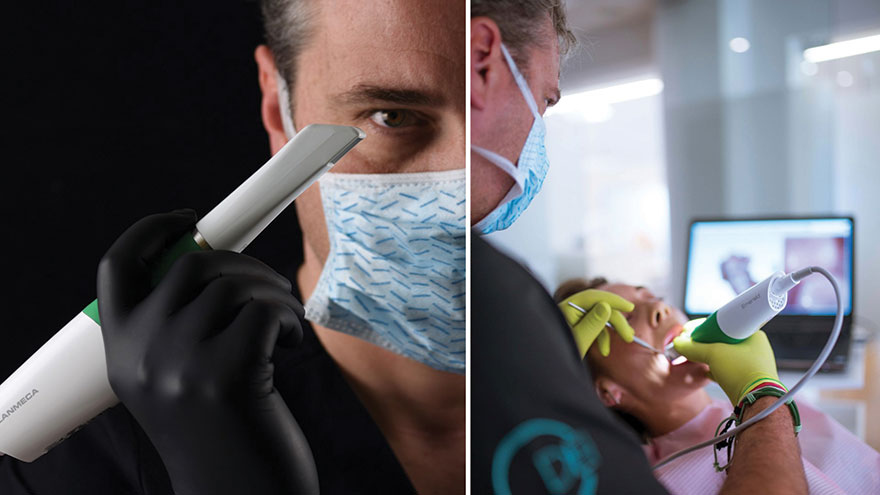Digital Technology Has Advanced Dentistry

Digital technology has entered dentistry in an intensive way and changed protocols. We now use intra-oral scanners to register situations inside the mouth, with the appropriate software applied to create a place to plan patients’ rehabilitation. Using the same software, we add all the data of a patient’s 3D CBCT images, their photo protocol, and conduct virtually planning and present the patient with their dental therapy prior to starting work in the mouth.
The most significant factor is that we can share all digital files with colleagues all over the world, consulting with them in order to improve our work.

Another great advantage of the digital protocol is that we can print a 3D prototype or model of the full volume of future teeth and submit it to the patient before undertaking the definitive work. Once we adjust the prototype to the details, respecting all the wishes of the patient, we advance to the next phase, in which definitive ceramic crowns are created. We thereby avoid any potential factor of surprise and potential disappointment of the patient with the end result, because the patient was involved in the entire working process, with the patient pointing out all possible inconveniences on the prototype of definitive work, which are then corrected to ensure that there is no need for corrections to the definitive work.
Such an approach representing the cutting edge at the global level! Our team strives to follow current work protocols, but also to continue developing cooperation with all partners, including software and hardware companies and manufacturers of materials. We also have fantastic tools today in other branches of dentistry in orthodontics, as well as in the treatment of younger patients!

However, digital technology in dentistry is not a magic wand, rather it is just a tool. Never before have dentists been asked to master such a broad range of diagnostics and computerised data acquisition, but there is no doubt that we are now more precise, more efficient and much less invasive